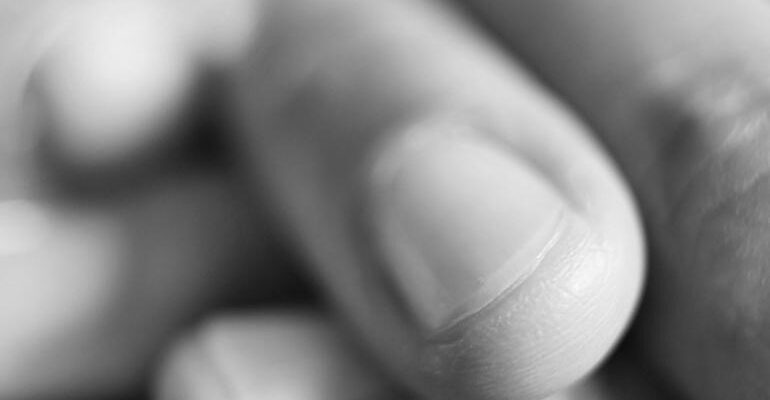- How Does Our Fingernail Indicate Our Health Conditions?
- White spots on nails are harmless.
- Thickened nails are a sign of systemic disease.
- Psoriasis
- Diabetes
- Cyanosis
- Do Manicures Harm Or Help Your Fingernail’s Health?
- Getting a manicure
- Getting a pedicure
- Getting a gel manicure
- Getting a regular manicure
- Getting a nail trim
- Getting a manicure at a salon
- Avoiding a manicure
- Getting a nail filling
How Does Our Fingernail Indicate Our Health Conditions?
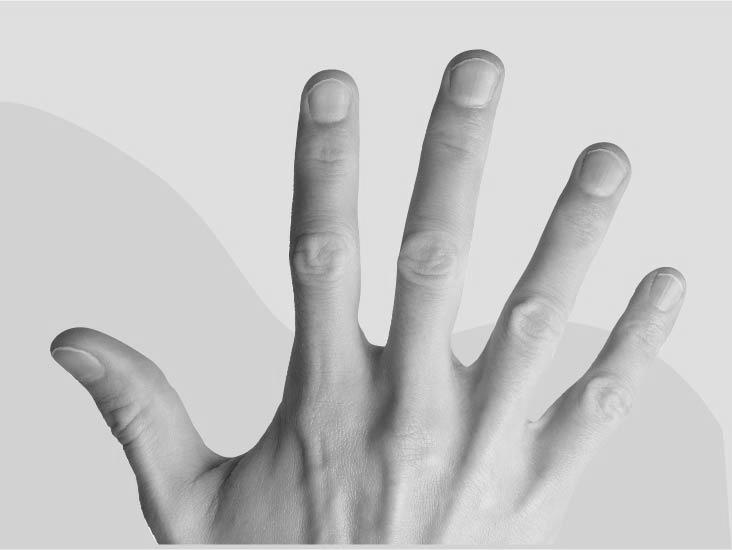
The growth of our fingernails is influenced by several factors. Regular nails grow 1mm every six to ten days, but people with chronic illnesses may notice a white line on their nail plate. The interruption coincides with the duration of the disease. In addition, superficial indentations in the nail plate may signal autoimmune diseases or connective tissue disorders. So how do we know if we have a severe condition by looking at our fingernails?
White spots on nails are harmless.
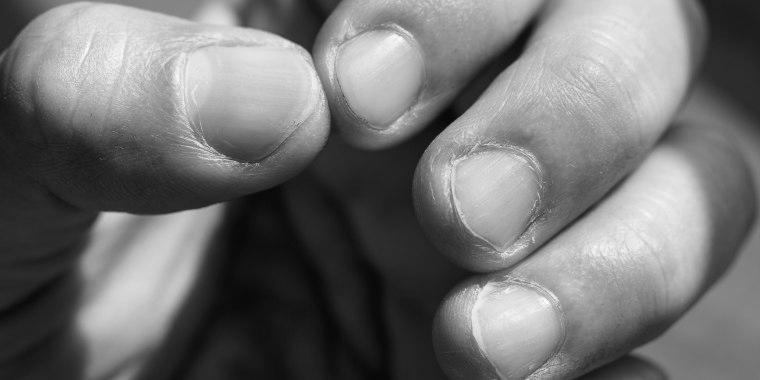
While white spots on fingernails are generally harmless, they can be signs of underlying health problems. In addition to protein deficiency, white spots can also be caused by kidney and liver disease and poisoning with heavy metals. As long as the white spots disappear, you can ignore them, but you should get your nails checked if they continue to grow. If you see white spots on your fingernails more than once, they are a warning sign of something more serious.
Generally, white spots are caused by trauma to the fingernails, such as from over-buffing or scrubbing too hard. You can also cause them by damaging the nails by applying too much nail polish. Be sure to take extra care around the cuticle area to prevent trauma and stress to the pin. If you’re doing your nails at home, you should avoid the cuticle area, which is prone to white spots.
Healthy adult fingernails are usually white. If they are discolored or ridged, it’s a sign of psoriasis. Other symptoms may include gallstones, ridges, or white spots. Some nails have a blue tint, indicating that they’re not receiving enough oxygen and maybe a sign of heart disease or liver problems. If they’re white, you’re not likely to have any underlying health problems.
Symptoms of white spots on fingernails include vitamin deficiency or mineral deficiency. These typically occur due to calcium or zinc deficiencies but can also be caused by allergic reactions. They may also be an indicator of kidney or heart disease. If you notice white spots on your fingernails, your doctor may recommend seeing a dermatologist rule out serious health issues. If the white spots appear after polishing your nails, it’s safe to go ahead.
Thickened nails are a sign of systemic disease.
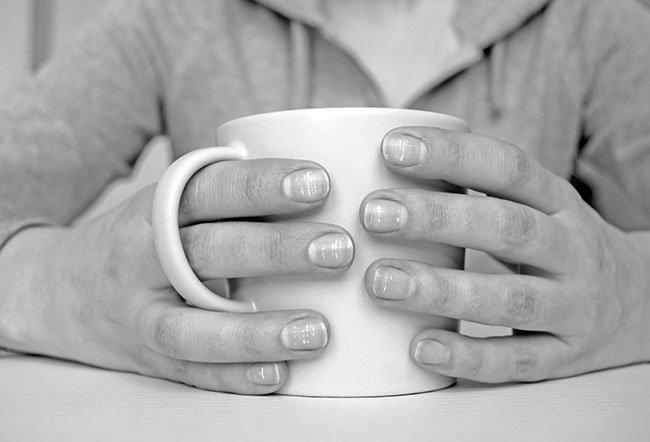
There are several causes of thickened nails. Hypothyroidism slows the metabolism and can cause them to be dry and brittle. Liver or kidney disease can also result in onychorrhexis. Witkop syndrome is another common cause. The underlying cause is unclear, but it can result in missing teeth, fingernail overgrowth, or spoon nails. If you notice thickened nails, see a doctor immediately to rule out any severe underlying disease.
A complete dermatological examination must include a comprehensive nail evaluation. Analysis of the nail plate and skin can help to rule out certain systemic diseases. It is important to note that nail abnormalities are often the first clues to systemic illnesses. The nail is composed of eponychium folds and a distal nail fold, defined by an anterior ligament. If these folds are thick, the patient is likely suffering from an underlying systemic disease.
While abnormal fingernails can signify a systemic disease, they can be corrected with proper care. So, don’t be afraid of your thickened nails – they’re not necessarily a sign of a medical problem.
Half-and-half nails were first described by Bean in 1963. They appear in 25 percent of chronic renal disease patients and are associated with a narrow distal band. This condition is often seen in healthy individuals as well. Another type, known as Terry’s nails, is similar but affects the entire nail except the distal band. In most cases, patients never complain about their nails.
Psoriasis
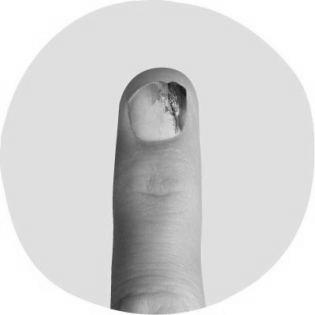
Did you know that our fingernails can give us clues about our overall health? Some conditions, such as psoriasis, can be symptomatic of our health through our fingernails. Pitting, a pattern of small holes on the nail bed can signify psoriasis. In other cases, the nail may have ripples or a scaly appearance, which indicates a problem with our immune system, such as an autoimmune disorder.
When our nails become thicker and darker, it could signify a health condition. Certain disorders can affect the nail plate and cause it to break and split. For example, psoriasis can cause nails to lose shape, flatten out, or become discolored. It is also important to note that our nails are vital for our general examination. Certain diet foods are loaded with essential nutrients and antioxidants. Coconut water and seeds are excellent sources of these nutrients.
Fungal infections in the nail can also cause onycholysis, which can be associated with psoriasis. Because of the many causes of onycholysis, a doctor may not be able to make an accurate diagnosis with a physical exam alone. Therefore, a blood test may be necessary.
Often, our fingernails provide us with important clues about our overall health. Your nails can indicate underlying health conditions, including heart disease, liver problems, and lung. The color and texture of the nails can also point to an underlying illness. When you notice these changes, it’s time to see a doctor. So what are the symptoms of a specific disease?
Diabetes
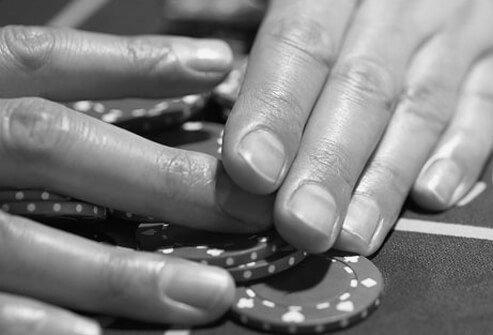
If you have diabetes, your fingernails could signify the disease. A yellow or white tint is not a big deal, but it might mean that you have something more serious going on. Diabetic nails are also prone to a fungal infection called onychomycosis. Below are some signs of diabetes in fingernails and what to look for.
The most common changes in nail structure are pitting, onycholysis, and onychomycosis. Other less common changes include psoriasis, twenty nail dystrophy, and dorsal pterygium in liver disease. Diabetic nails mirror the body’s internal organs and should be routinely checked by a dermatologist. Diabetes in fingernails is an essential symptom of uncontrolled diabetes.
To test the condition, doctors can collect clippings from patients’ fingernails. Researchers then grind these clippings into a powder using a spectrometer. The results showed that diabetic patients had significantly higher glycation levels than those with normal sugar levels. Moreover, fingernail clippings are noninvasive and can be stored for a month. It’s a cost-effective way to diagnose diabetes, and the results could change how doctors monitor the condition.
During this process, the nail plate can separate from the nail bed, creating Beau’s line and causing localized hypertrophy. Diabetic patients are also prone to periungual blisters and ulceration.
Cyanosis
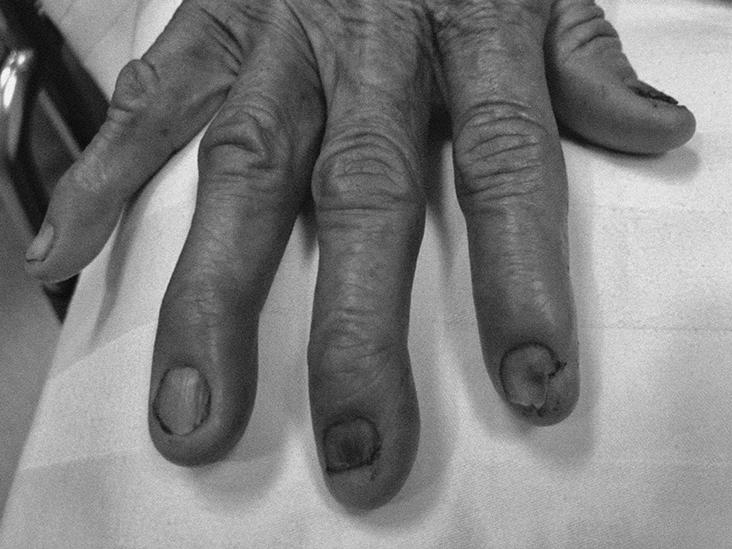
When the lining of our fingernails turns blue, we may be suffering from a health condition known as cyanosis. This condition is usually caused by an infection, such as Pseudomonas. This bacterium produces green pigments that can cause cyanosis. If you notice cyanosis, leave the area immediately, and contact emergency services if you need medical attention. Other common health conditions that may cause blue fingernails include a high level of C.O. in the air and a decrease in blood supply.
One condition that can cause cyanosis in our fingernails is anemia. Anemia causes our blood to be deoxygenated, which makes it appear blue. Blood with low oxygen levels in the lungs is deoxygenated, making it visible. This condition develops when the deoxygenated hemoglobin level falls below normal levels. People who are anemic do not develop cyanosis until the levels of oxygen saturation drop below normal.
A medical professional will perform a physical examination to diagnose cyanosis. A healthcare provider will check your blood oxygen saturation levels using a noninvasive pulse oximeter. A physician may ask about your symptoms to determine if the cyanosis is an underlying condition. If it is a symptom of a different state, your health provider may recommend other treatments. If the blue discoloration in your fingernail is caused by a medical condition, seek immediate medical treatment.
If your skin has a blue or purple hue, it may be caused by low blood pressure or hypothermia. People with cyanosis may also suffer from pulmonary embolism or abnormally high hemoglobin levels. Symptomatic cyanosis is an indication that you need to visit a healthcare professional immediately. If you have cyanosis in your fingernail, consult your doctor.
Do Manicures Harm Or Help Your Fingernail’s Health?
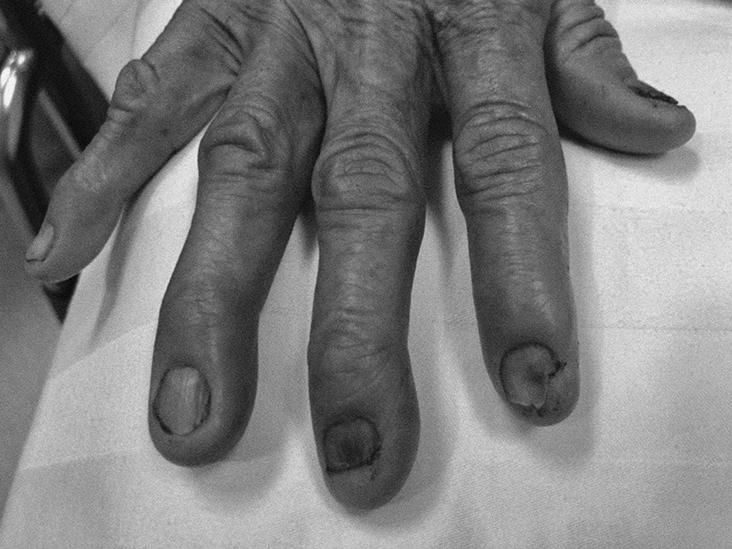
Getting a manicure may look fun, but there is an important question: Does it damage or improve the health of your fingernail? According to dermatologist Jessica Krant, excessively removing the cuticle opens a protective barrier, allowing bacteria and moisture to enter the body. This can lead to infection, but it can also cause pain, swelling, and damage to the shape of your nail.
Getting a manicure
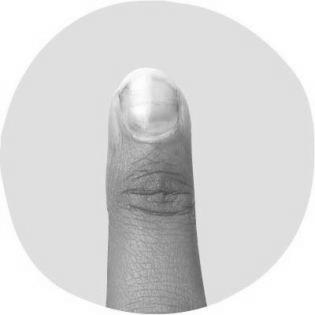
Getting a manicure does not have to be painful. You should always wear protective gloves when working with the nail. It’s also best to keep the foot bath filter clean. When getting a manicure, there are many factors to consider, from its quality to its safety. Here are some tips for choosing the best salon. Do not go to a salon that uses unsanitary cleaning products.
Nail infections can develop, either through bacteria or fungus. You may create a bacterial infection in your fingernail if you cut the skin at the base of the nail. This infection will result in swelling and pus. Sometimes it will also cause you to notice a yellow-green discharge. If you see this, visit a doctor.
Nail changes may be a sign of a broader health problem. If your nails have a rounded or reddened shape, they could indicate a problem. If you notice a change in your fingernail, consult with your doctor to determine if you have an enlarged prostate or other health issues. You should also consult your dermatologist if you notice any other nail changes.
Getting a pedicure
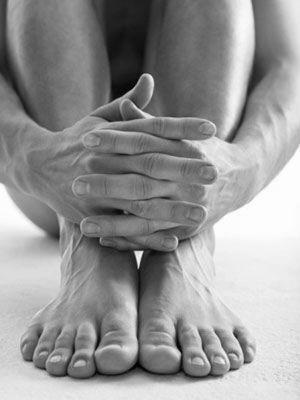
A pedicure can help or hurt your fingernail’s health, depending on what kind you get. First, make sure that the salon you choose sterilizes its instruments. Make sure that the footbath is cleaned with hospital-grade disinfectants. You should also let the nail technician know if you have particular preferences for the tools they use.
They also help to distribute heat in the cold months. A pedicure can also help keep your toes looking younger.
According to the National Institute of Health, 75 percent of nail salons fail to follow state disinfection guidelines. These guidelines suggest that nail salons use an autoclave machine to sterilize tools. Researchers found that a footbath can carry a bacterium called nontuberculous mycobacteria in a recent study. This bacteria can enter the bloodstream through a wound in the skin. Infection may occur in the follicles and can cause disease. If your fingernail is already infected, a pedicure can cause much damage.
Getting a gel manicure
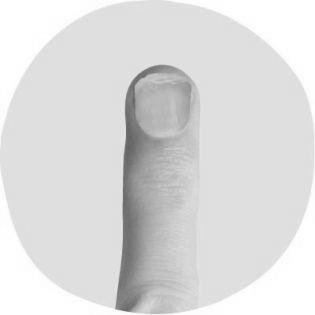
Depending on how you get your gel manicure, it may not harm your fingernail. A gel manicure can be harmful to the health of your fingernail, which is why the American Academy of Dermatology recommends wearing UV-protecting gloves while having your nails painted. U.V. rays can also harm your skin, so you’ll want to wear sun protection before getting your nails painted. While many people opt for UV-blocking gloves, you should also consider wearing a broad-spectrum, water-resistant sunscreen before going under the UV-curing LED light.
You can also remove a gel manicure at home. Depending on the style of your gel manicure, you can remove the polish using acetone and a nail file. It’s important to remember that acetone is an abrasive substance that will dry out your nails and cause them to peel. Using acetone on your nails can cause damage to your nail, so be sure to ask the technician not to aggressively remove the gels.
Getting a regular manicure
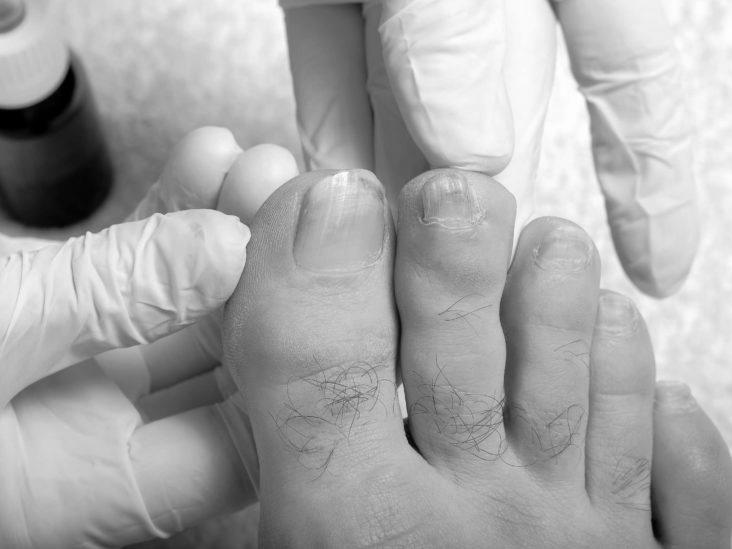
While you’re getting a manicure, you should care for your fingernail’s health. The nail is a layer of keratin, laminated together at the base, and a healthy one is a uniform in color, free of ridges, and smooth. Whether you opt for a regular manicure or get it done once in a while, you should make sure that you’re using a sterilized nail file. Also, make sure to clean the filters of your foot bath regularly.
There are several causes of clubbing, and it can be painful. In addition to infection, it can also be caused by many diseases affecting the heart, including lung cancer. It’s also common in congenital heart disease, disorders of the heart, and inflammatory problems of the G.I. tract. Although this condition is typically harmless, it is a sign that you may have an underlying problem that requires medical attention.
Getting a nail trim
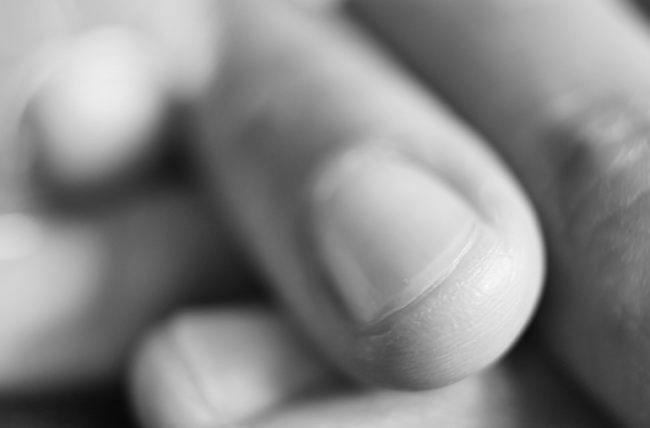
Getting a nail trim can be good or bad for the health of your fingernail. A constant trimming and filing process can damage your fingernail. Scaling back the number of frames is a great way to minimize the risk. Short nails are also easier to maintain. However, it is still important to pay attention to the procedure for nail care.
When you cut your fingernail, avoid cutting the cuticle. Cuticles protect the nail’s root from bacteria. Cutting them too short can result in an infection that can take a long time to clear. Once the pin is trimmed, you should moisturize the area thoroughly to prevent dryness and ridges. Also, try to avoid biting or picking at them.
The wrong way to trim your fingernail can lead to problems with the nail. It may cause ingrown toenails. If left untreated, the infection could turn into a fungal or bacterial infection. Infected fingernails will ooze blood or pus. Diabetics are especially at risk for developing the disease due to improper nail trimming. The poor blood flow can damage the nerves, causing a painful cut.
Getting a manicure at a salon
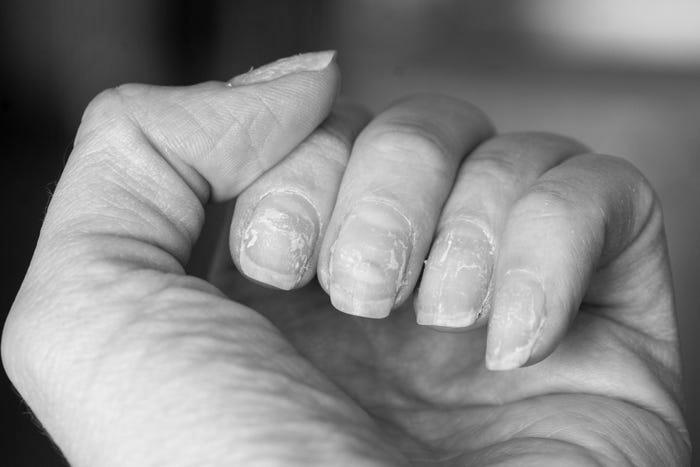
Whether getting a manicure at a salon hurts or helps your fingernail depends on the techniques. For instance, a nail salon may cut the cuticle too short, exposing it to infection and damage. Instead of doing this, people should moisturize their cuticles. Some nail salons may even contribute to nail infections by allowing bacteria to invade the nail bed.
Some salons use chemicals and acetone that can cause skin problems. Whether a nail salon uses a broad-spectrum sunscreen is not yet clear. However, if you decide to go for a manicure, it’s essential to protect your fingernail’s health before letting someone else do it. The drying lamps at nail salons emit UVA and UVB rays. Additionally, the smell of chemicals and acetone can cause you to experience allergic reactions or sensitivity.
Nail salon workers are also at risk for respiratory and skin ailments. Nail products contain chemical agents known to harm reproductive and developmental systems. Moreover, many of these chemicals are carcinogenic. Researchers have compiled a list of chemicals that may affect women’s health. They’ve identified three chemicals as the “toxic trio”: toluene (a solvent commonly used in nail salons), formaldehyde (a chemical used to harden nails), and dibutyl phthalate, a disinfectant used on nail care tools.
Avoiding a manicure
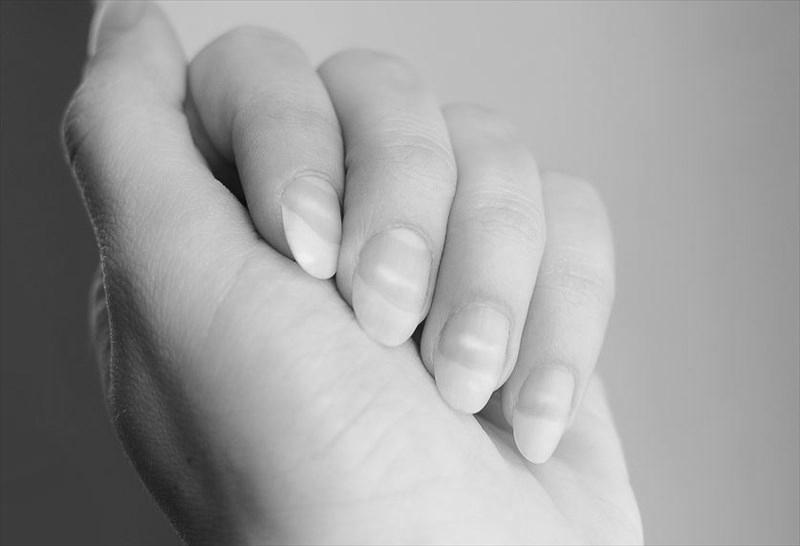
You may have heard that wearing nail polish for prolonged periods is terrible for your fingernail’s health, but you may not realize the harmful effects of nail-polish removal. Despite the popularity of this manicure style, you should remember that gel and powder manicures have many dangerous side effects, including splitting and peeling. Moreover, these chemicals can cause your nail’s cuticle to be damaged. Fortunately, you can prevent these problems by wearing acetone-free nail polish removers and applying protective layers to your fingernails in between manicures.
There are also many disadvantages to gel and acrylic manicures. Although convenient and long-lasting, they are hard on your nails and can even damage your hands. In addition to the penalties for products, you should consider the health risks of these treatments by choosing a salon. If you decide to have a gel manicure, wear a pair of dark opaque gloves and broad-spectrum, water-resistant sunscreen.
Getting a nail filling
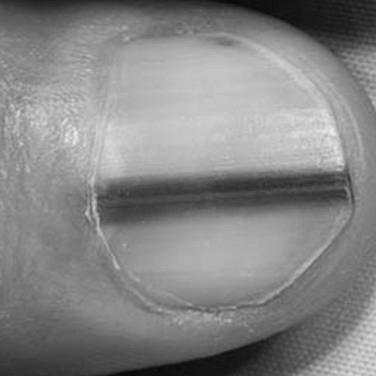
The outermost layer of your fingernail is dead. However, a delicate network of blood vessels and nerve endings underneath that layer. The procedure to fill a nail can actually harm or help your fingernail. You may feel pain when you have the nail trimming, but it’s far worse if the procedure leaves a scar.
To protect your natural nail, avoid having the filling done simultaneously as a manicure. A good rule of thumb is to only get a new set of fillings once every two months. However, this procedure can hurt your fingernail, so make sure you choose a nail technician who uses sterile equipment. If you feel uncomfortable during the process, speak up. You don’t want to get hurt or have your natural nail in a worse condition than it was when you went in for it.
Whether you get a nail filling, it’s best to avoid it if you have a dry, brittle fingernail. These are typically caused by various conditions, including a fungal infection or an internal disorder. It’s also essential to avoid prolonged exposure to water, as it can weaken the bond between the cells in the nail.
